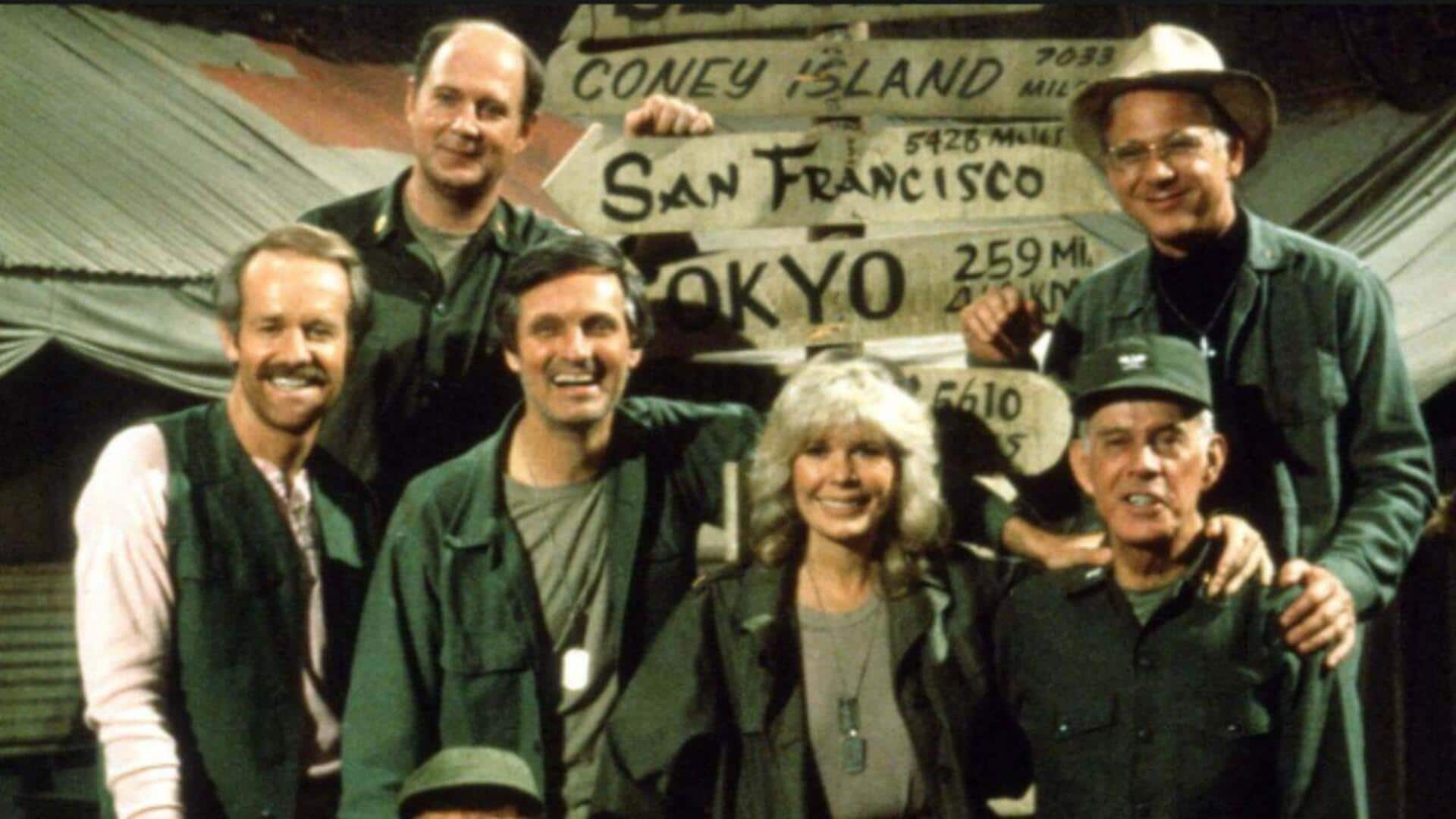
The filming secrets that made 'M*A*S*H' a TV classic
What's the story
M*A*S*H is a classic TV series that took audiences by storm with its perfect mix of humor and drama. While the show's filming techniques contributed greatly to its success, most fans may not know the secrets behind these methods. Here, we explore some of the lesser-known aspects of how M*A*S*H was filmed and the creative decisions that made it so appealing.
#1
Use of realistic sets
The production team of M*A*S*H spared no effort in designing the sets to resemble a real military camp. Using actual military tents and equipment, they made the show feel more authentic. The attention to detail carried to props and costumes, making everything look as real as possible. This dedication made the viewers feel immersed in M*A*S*H's world, deepening their relationship with its characters and storylines.
#2
Innovative camera work
M*A*S*H also used innovative camera techniques, which were unusual for television back then. Handheld cameras made the shots more dynamic, lending a sense of immediacy and intimacy to the scenes. The technique made viewers feel like they were part of the action, instead of mere spectators. Long takes without cuts were also frequently employed to keep continuity and audiences engaged throughout each episode.
#3
Absence of a laugh track outdoors
Unlike many sitcoms of its era, M*A*S*H deliberately chose not to use laugh tracks during outdoor scenes. Producers felt it would detract from the realism they aimed for in those settings. By omitting canned laughter outside, they let dramatic moments resonate more deeply with viewers. Meanwhile, they preserved comedic timing indoors where appropriate.
#4
Clever use of lighting and sound
Lighting also played an integral part in establishing moods on M*A*S*H. Soft lighting was often used during emotional or serious scenes, while brighter lights highlighted comedic moments, balancing tone shifts within episodes seamlessly. Sound design also contributed a lot; ambient noises like helicopters flying overhead added depth, making the audience feel present alongside characters experiencing events firsthand.